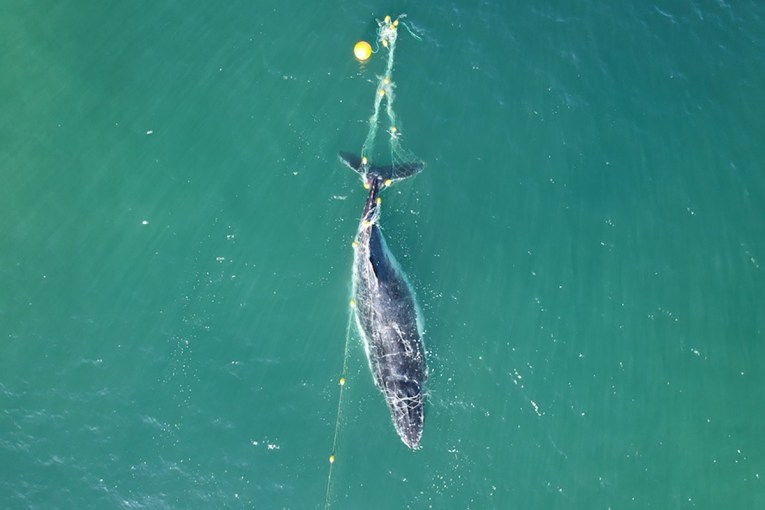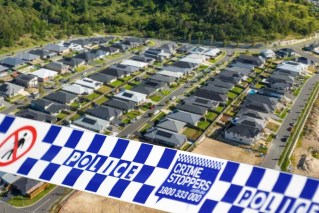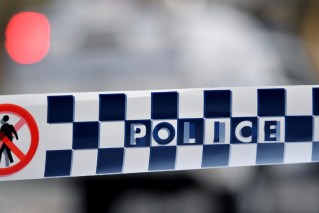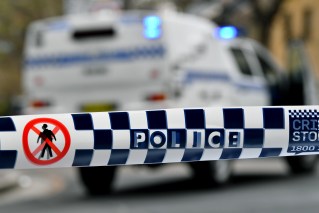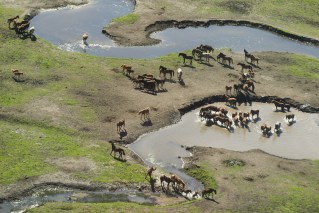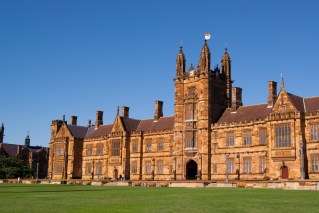1500 cases a day predicted as NSW virus crisis peaks

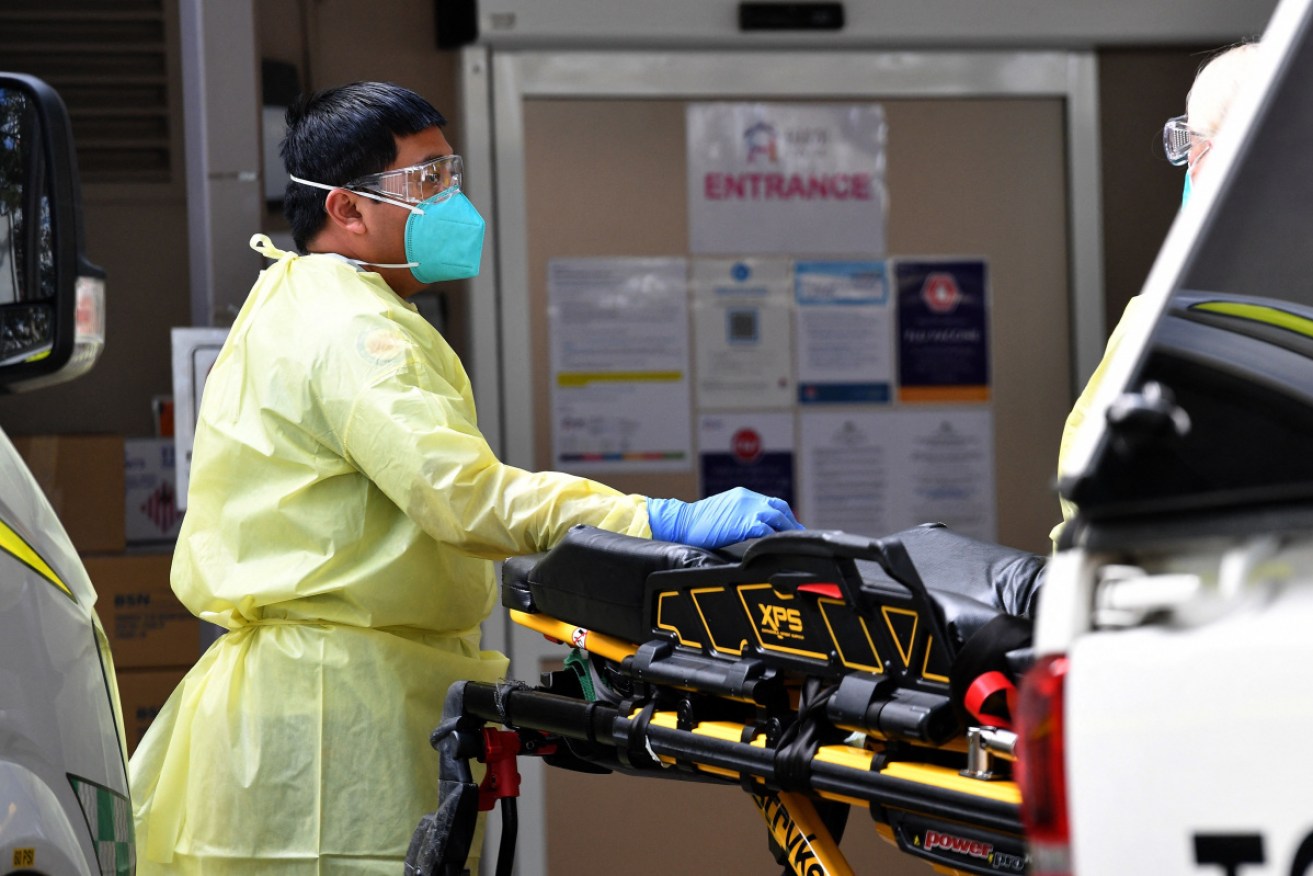
NSW Health says hospitals will cope as the state's COVID outbreak peaks in coming weeks. Photo: Getty
COVID-19 cases in NSW will peak at a seven-day average of about 1500 in September and more than 550 COVID-positive patients will require an intensive care bed by early November, government modelling shows.
But daily infections are unlikely to top 2000 a day, NSW Premier Gladys Berejiklian said, and the state’s 1550-bed ICU surge capacity is expected to bear the load of admissions.
The modelling came as the paramedics’ union said ambulances were regularly waiting up to seven hours to admit COVID-positive patients to Sydney hospitals.
“We are at a point of time where 18 months into this pandemic, we are still struggling with getting patients into emergency departments,” Australian Paramedics Association NSW president Christopher Kastelan said on Monday.
At the weekend, numerous ambulance crews were “stuck up to five, seven hours at a time”, he told ABC TV.
“It means that paramedics are doing 16, 17-hour shifts without a break. For us, that is a concern for patients and paramedic safety,” Mr Kastelan said.
“Waiting on the back of an ambulance for six hours when you are a COVID-19 positive patient and you are struggling to breathe, it is not ideal and we have seen the strain coming up for a period of time now.”
NSW had 1281 more local cases of COVID-19 and five deaths on Monday, taking the toll for the current outbreak to 131. The deaths were men in their 60s and 90s and women in their 50s and 80s.
Since then, the death of an Indigenous woman in her 70s, from Enngonia, north of Bourke, has also been confirmed.
She is the second person in the western region to die with the virus since NSW’s Delta outbreak in mid-June.
Western NSW Local Health District chief executive Scott McLachlan told the ABC it was “a tragic day in western NSW”.
- Read the complete modelling here
Meanwhile, modelling conducted by the Burnet Institute for NSW Health and published on Monday shows daily COVID-19 infections will increase until mid-September, with cases forecast to hit 1100 to 2000 a day.
Vaccine-acquired immunity along with the state’s strict lockdown would then begin to bend the curve.
“We are likely to reach a peak in cases in the next week or so, that is what the modelling tells us, therefore a likely peak in intensive care beds required around early- to mid-October,” Ms Berejiklian said.
As cases accumulate, hospitalisations – COVID-related or otherwise – will peak at about 3400 in late October, with COVID-related ICU admissions hitting 560 in early November. Overall ICU occupancy could approach 950 beds.
But Ms Berejiklian said an intensive care surge capacity of 1550 beds – lower than the previously-announced 2000-bed capacity – would likely hold up, even if patients needed to be transferred to distant hospitals.
She also warned the modelling was predicated on variables, including compliance with lockdown and no super-spreading events.
“You may be moved to a different hospital than the one closest to your home … but the bottom line is anyone who needs care will receive it,” Ms Berejiklian said.
“Our surge capacity, we estimate, is in excess of what we’ll need.”
“The biggest determinant of whether someone ends up in ICU is whether or not they’re fully vaccinated and that’s why every day, every week that goes past and our rates of vaccination increase, that puts less pressure on our system.”
Ms Berejiklian has pledged to restore some freedoms for fully jabbed residents upon 70 per cent double-dose vaccination coverage, expected in mid-October.
There are 1071 COVID-19 patients in NSW in hospital, with 177 in intensive care and 67 on ventilators.
Tweet from @APANSWOFFICIAL
Nepean Hospital intensive care doctor Nhi Nguyen reiterated that staffing levels were the most important variable in intensive care, rather than beds or ventilators.
Intensive care training for nurses has been boosted throughout the pandemic while other healthcare workers such as operating theatre nurses, emergency department nurses and coronary care nurses were also well trained.
Some 2000 nurses have been upskilled to work in intensive care.
Dr Nguyen said NSW Health was approaching its intensive care system as “one whole unit”.
Earlier, Professor Tony Blakely, a public health specialist at the University of Melbourne, said case numbers in NSW could hit 3000 a day before peaking. High hospitalisation numbers could also last a year.
“We’re all going to have to deal with it because next year, when we open the borders, we will have high hospitalisation numbers for at least a year,” he told ABC TV.
Mr Kastelan said the knock-on effect of delays at hospitals also meant ambulances were unavailable for many hours with resources being called in to Sydney from the Southern Highlands, the Illawarra, Blue Mountains, Central Coast and Newcastle.
Some crews had responded to triple zero calls 100 kilometres away, Mr Kastelan said.
“It’s only a matter of time that something significant is going to happen and that is going to be a poor patient outcome,” he said.
-with AAP
